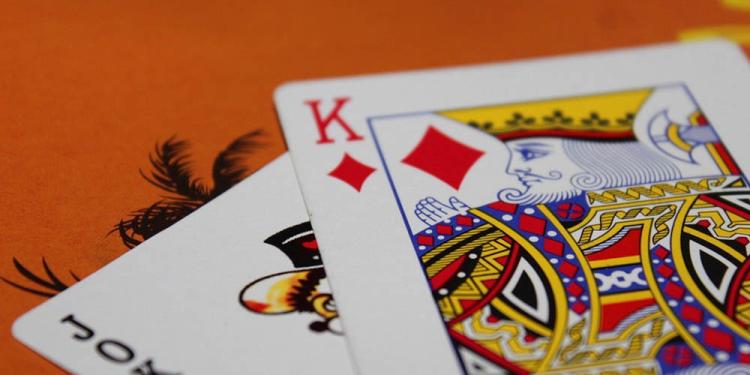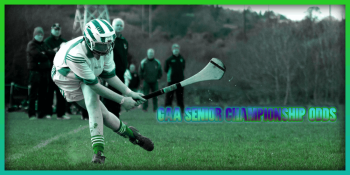Poker Positions Explained: How to Win the Game Before It Even Started
Posted: August 18, 2020
Updated: August 25, 2020
-
Your chances of winning depend on both your cards and your poker position
-
Late positions give a several serious advantages
-
Players on early positions are limited in their actions

Learning about poker positions is vital. Each particular position gives a player a certain advantage or disadvantage before the game has even started. Buckle up – it’s time to have all of the poker positions explained.
Poker Positions Explained – Introduction
In community poker games like Texas Hold’em, there are no fixed positions. Instead, all of the positions are determined by the dealer button. In land-based casinos and poker rooms, a dealer button is a round object (usually made of plastic) that travels around the table clockwise. The button defines positions for each round of the game. The player who is on the button deals cards in the given round.
Online gambling sites in the US usually feature the dealer button as a small round image next to a player’s avatar.
Short-handed and full ring tables
Let’s start with the basics. Firstly, as poker positions are not fixed, their names and locations can differ depending on the number of hands. Overall, there are two names for tables with different capacities. The Full Ring table stands for the game with seven to ten players. Sometimes, a Full Ring table is called 10max. Online poker sites in the US usually offer tables with a maximum of 9 or 10 players. In case you prefer dynamic games with a lot of action, Full Ring tables will be perfect for you.

At the same time, a Short-Handed or 6max table refers to a table with a smaller number of players. Short-Handed tables can host as little as three players, but the overall number shouldn’t exceed six players. Usually, these kinds of tables have slower games with a relaxed atmosphere. Therefore, if you prefer to play calmly, try to pick Short-Handed tables. You can learn more information about basic Texas Hold’em concepts in this Texas Hold’em guide for dummies. Now, let’s move on to the poker positions.
Big Blind and Small Blind – Game starters
The first two poker positions at both SH and FR tables are known as the Big Blind (BB) and Small Blind (SB). The name of these two positions – blinds – comes from the fact that the players have to pay an involuntary bet before the game has even started. It is also worth noting that the BB pays twice as much as the SB. For example, in case the SB places a $5 bet, BB has to follow with a $10 bet.
Both of the blinds come immediately after the BTN, but SB seats on the left from the dealer, while BB seats on the left from the SB.
Although forced bets don’t sound promising, they actually help to get the game started. Without the blinds, most of the players will simply fold until they get good cards.
Button – The ultimate winning poker position
The Button (BTN) is one of the late positions that is assigned by the dealer button. The BTN position gives a player the greatest advantage – they will always act last postflop. This allows the button player to learn about their opponents, evaluate the situation, and re-raise. Therefore, every time you happen to be on the button, make sure you use that advantage.
Cutoff – The second-best poker position
Cutoff (CO) is also one of the late positions, seating on the right from the BTN. Although no one knows the exact origin of the name, it might refer to the fact that the CO can cut off the BB, SB, and BTN players.
Despite the fact that this position is not as powerful as the BTN, it still has several advantages. For instance, in case the BTN player folds, the CO gets to be the last player postflop. However, in case the BTN player is still in the game, CO should beware of the threat coming from the dealer.
Middle positions – In the center of the action
Although most of the poker position names are similar for SH and FR tables, there is a slight difference when it comes to Middle Positions. In SH tables, there is only one Middle Position, which is simply abbreviated as the MP.
When it comes to the FR table, Middle Positions usually refer to the 5th, 6th and 7th seats on the left from the Under-the-Gun player. They are also called Highjack, Lojack, and MP1. Although the MPs typically are in the center of the action in the preflop phase, their position doesn’t really give advantage postflop. However, as a lot of players will fold in the meantime, MPs still have pretty decent chances of winning.

Hijack and Lojack (FR) – Poker positions explained
As we mentioned before, Hijack and Lowjack position names are commonly used when it comes to FR tables. In SH games, Lojack is usually called Under-the-Gun and they always act first.
Although we can’t say that the Hijack position is the most profitable one, it is still considered a middle position. Due to the BTN and CO, HJ players have restricted access to the blinds.
On the other hand, Lojack is in an even trickier position. While they have to act first on SH tables, they need to either have a great hand or fold. Thus, with such an early seat, it is hard to bluff or come out with elaborate strategies.
Under-the-Gun and other early poker positions
Finally, let’s take a look at the early positions on both SH and FR tables. As you already know, in SH games, Lojack is usually referred to as Under-the-Gun or UTG. Besides, if the game only has 5 players, Hijack technically becomes UTG too.

As FR tables can also vary in terms of the number of players, there are different names for early positions. For instance, games with 10 players have UTG, UTG+1, and UTG+2 as early positions. At the same time, FR tables with 9 players have MP1, UTG+1, and UTG instead.
But all in all, all of the early positions have one thing in common – they are always acting first. Even if we take a look at the name, it is clear that UTG players are forced to “face the fire”. As a result, UTGs usually avoid calling or raising, unless they have ultimate winning hands.
Summary – Poker positions explained
Now, before we proceed to the last point, let’s summarize all of the poker positions, their locations, blinds, and features:
| Name | Location | Blinds | Features |
| Dealer Button (BTN) | Wherever the button is | – | IP postflop – the best position |
| Small Blind (SB) | On the left from the BTN | 0.5bb | Has to make a forced bet |
| Big Blind (BB) | On the left from the SB | 1bb | Has to make a forced bet |
| Cutoff (CO) | On the right from the BTN | – | Second-best position |
| Hijack (HJ) – FR/ Middle Position (MP) – SH | On the right from the CO | – | Better than Early Positions, chance to steal blinds |
| Lojack (LJ) – FR/ Under-the-Gun (UTG) – SH | On the right from the HJ | – | Acts first in SH |
| Under-the-Gun, UTG+1, UTG+2, MP1 – FR | On the left from the BB | – | Act first in FR |
Where to play poker online?
Finally, when you have learned all you need to know about the poker positions, it’s time to apply your skills. Today, online casino sites in the US offer all kinds of poker variations for players of all levels. For example, Betsson Poker gives poker first-timers have an opportunity to practice their skills in freerolls. At the same time, poker pros can participate in VIP poker tournaments. It is also worth mentioning that all of the new players can participate in a special Betsson 10-day challenge and win tournament tickets and free spins. You can find more information on the welcome bonus and 10-day challenge in our review about Betsson Poker.
You can discover more about Betsson Poker here.












